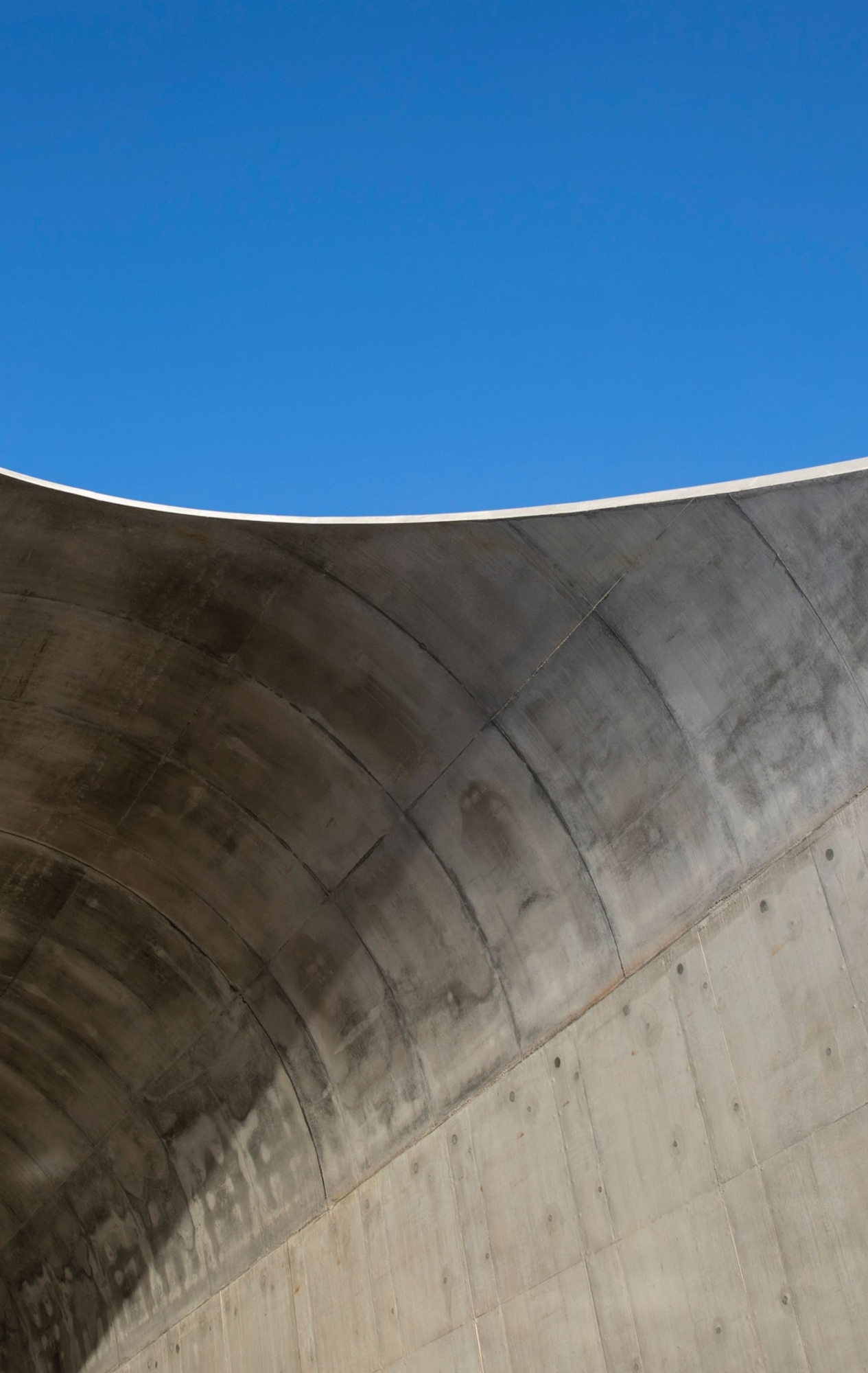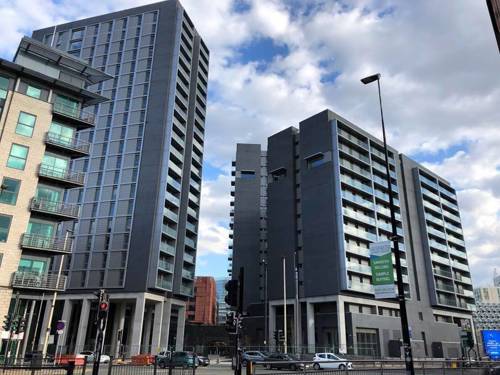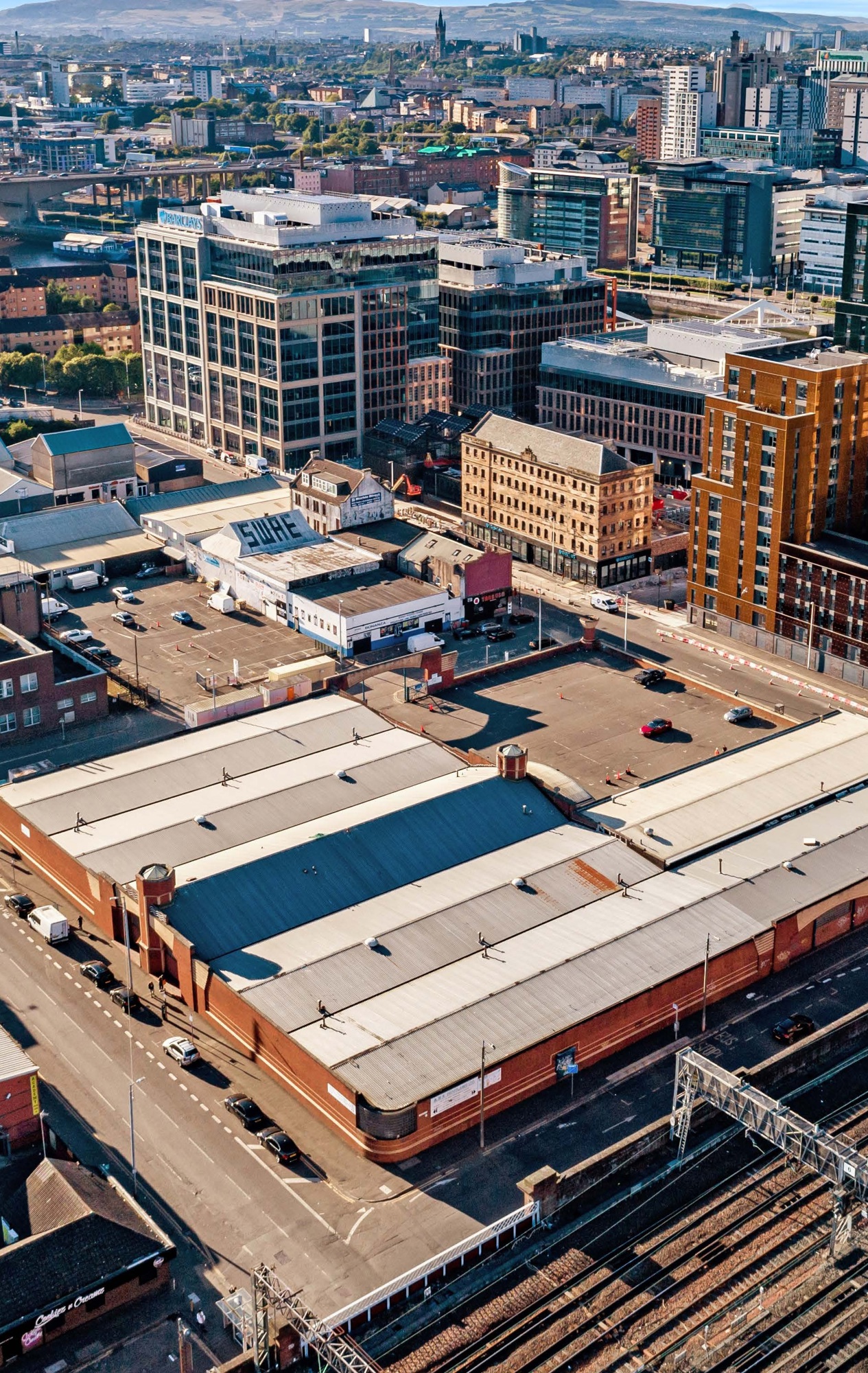
Unique HS2 tunnel portal completed
25 Apr 2025Our Align JV builds tunnel extensions for HS2 to stop sonic booms from 200mph trains entering the 10-mile Chiltern Tunnel.
Congratulations to our project team at Gore Street, Salford who have achieved practical completion recently.
We have been playing our part in transforming the historic heart of Salford, and the Gore Street development is just one of four projects in this area.
The overall development consists of 364 apartments and 11 townhouses across three towers of 22, 17 and 13 storeys. The blocks stand on two double-storey podiums featuring private landscaping, retail units and plentiful car parking. The townhouses, complete with their own private garden terraces are unique in the area and constitute a strong selling point for the scheme.
 The project team have encountered logistical challenges along the way, including the tight parcel of land that is placed on and bounded by heavily trafficked roads on two sides, adjacent to an office on the third side and Network Rail viaduct on the fourth side of the project.
The project team have encountered logistical challenges along the way, including the tight parcel of land that is placed on and bounded by heavily trafficked roads on two sides, adjacent to an office on the third side and Network Rail viaduct on the fourth side of the project.
In addition, one of the unseen, yet notable, features of the scheme is a sixty metre long tunnel bored sewer diversion under the public highway which maximised the plot size and the building footprint.
Now that it’s finished, Gore Street will complete the public realm corridor taking people from Salford into the heart of Manchester via the New Bailey and Spinningfields developments.
I would like to thank all those involved, past and present, for their hard work, commitment and dedication on what has been a challenging project. Working together we have delivered a significant residential project for which we can all be proud.
Richard Slater Project Manager, Sir Robert McAlpine
Our Align JV builds tunnel extensions for HS2 to stop sonic booms from 200mph trains entering the 10-mile Chiltern Tunnel.
Download the Annual Report and Accounts that accompany our financial results 2023-24.
Sir Robert McAlpine Capital Ventures and Buccleuch Property acquire 101 Centre Street, securing income and unlocking major redevelopment potential in Glasgow's southbank.

